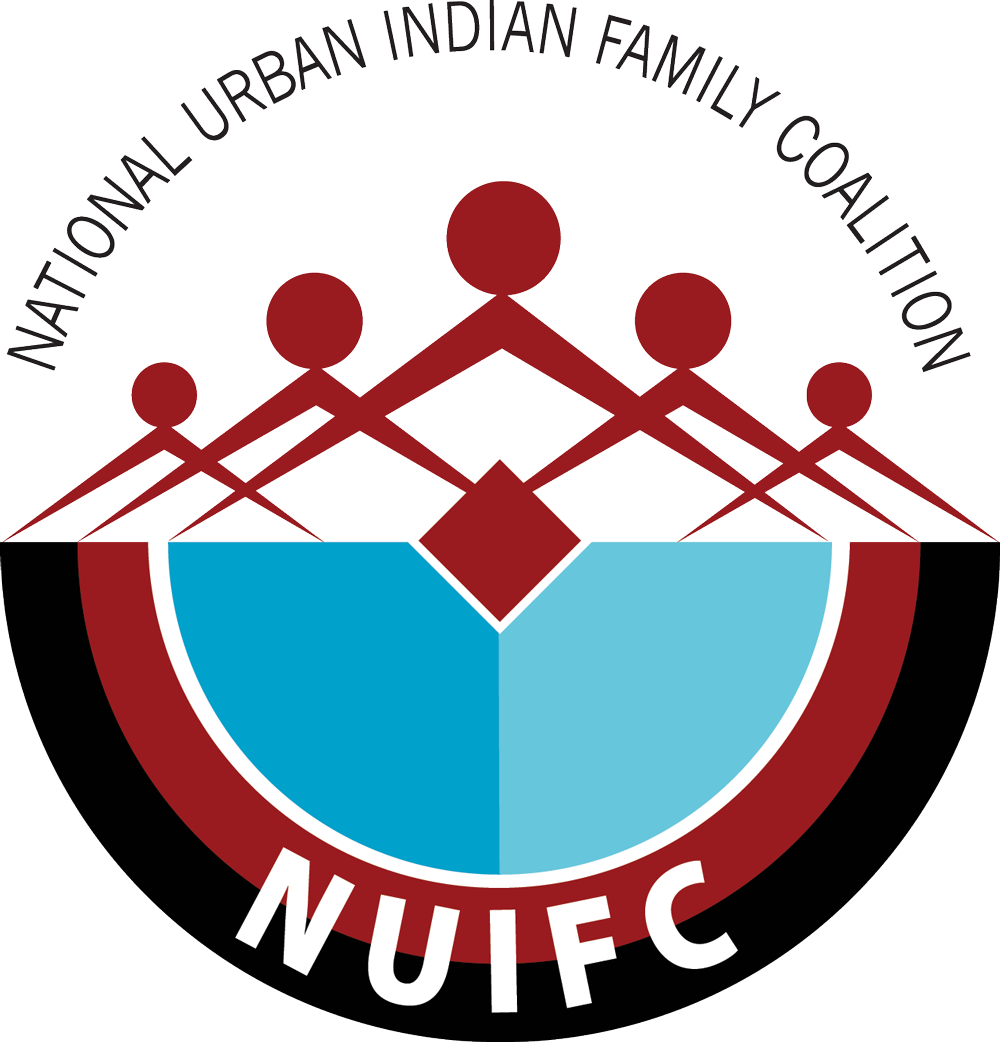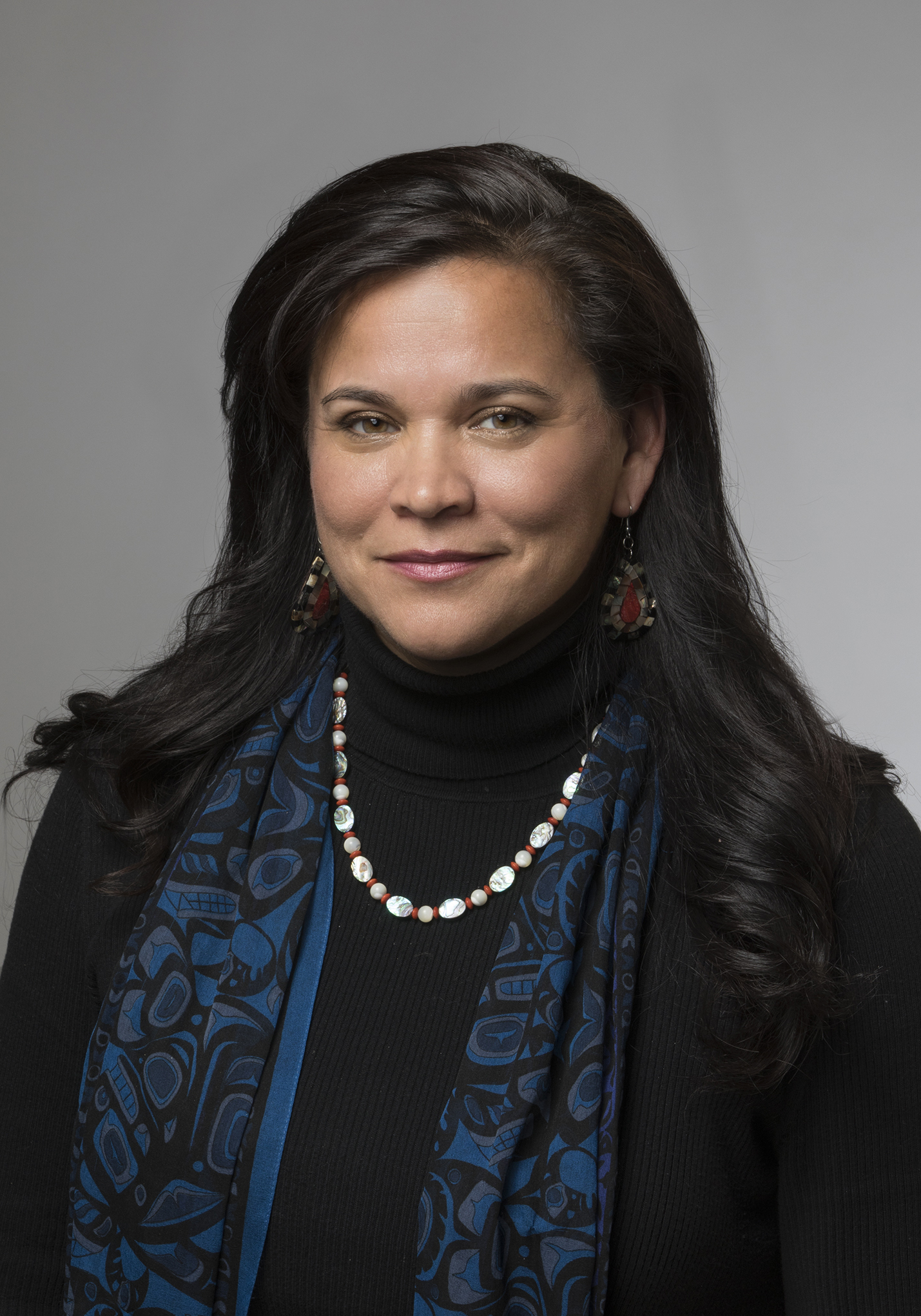NUIFC eNewsletter // October 2019
Update from the NUIFC Executive Director
Janeen Comenote, Executive Director
National Urban Indian Family Coalition
Fighting For Housing In Our Homeland
Our home is the center of our life. A home is where “we can be ourselves.” At home, we get to be comfortable, remove our mask, and find refuge from the challenges of the world. For so many, these comforts of home are unavailable. They’re searching for something that so many of us out there simply take for granted. As summer gives way to fall and the weather gets colder, there are countless of our relatives in cities across the country who will sleep outside in the cold, sleep on someone’s couch or floor, not knowing where their next meal is coming from, not having housing resources to turn to, and not having bed to call their own. Even worse are the thousands of Native children who are currently homeless.
We’ve seen cities around the country grapple with the housing crisis, as rising home prices, draconian rent increases have led to a spike in homelessness for all Americans. It will come as no surprise that urban Indians are hit particularly hard by this epidemic. Here in King County, WA American Indians/Alaska Natives make up around 10 percent of the homeless population despite accounting for less than one percent of the County’s population, according to the annual Point in Time Count and the American Community Survey. In Minneapolis, MN this crisis became national news when over 300 Native people set up a large tent city called “The Wall of Forgotten Natives”. We often talk about how our people are hurt the most by the issues in our country and housing is one of the starkest examples of this reality.
With the focus of this edition of the newsletter on housing, we wanted to highlight some of the things going around the country that are giving us hope. We are featuring a newly created housing project, the Mino Oski Ain Dah Yung in Minnesota created by the Ain Dah Yung Center and highlighting some of the outstanding collaborative work being done in Oregon by the Native American Youth and Family Center (NAYA). These projects were born out of the need to create more housing for their vulnerable populations and serve as a roadmap to how we can combat this housing epidemic.
We wanted to focus this issue on housing to shine a light on it, to provide context and insight into such a pertinent and complex topic. We hope you enjoy this issue of the NUIFC newsletter.
Klecko Klecko (Thank you),
Janeen Comenote
Executive Director
Ain Dah Yung (Our Home) Center: Building A Home, Breaking A Curse
Around the country, people are seeing rising home prices, gentrification, political apathy, a shrinking supply of affordable housing, increased costs of living, and a myriad of other challenges create an affordable housing crisis. This challenge has led to pessimism and inaction by many but for Urban Indians, inertia on this issue is not an option. It’s moments like this that organizations such as the Ain Dah Yung Center and their new housing project shine brightly.
This project, the Mino Oski Ain Dah Yung, meaning a “Good New Home,“ is a housing complex for American Indian young adults experiencing homelessness in Minneapolis. This permeant supporting housing facility provides shelter for up to 42 residents between the ages of 18 to 24 and is slated to open on November 20th. This project fills a vital need in the state; 22 percent of all homeless youth are American Indians, despite that group only making up two percent of the population.
“To truly help our young people, we need to get a roof over their head,” said Deb Foster, the executive director of the Ain Dah Yung Center. “Because of the breadth of services and cultural work here, this project is considered a one-of-a-kind for this age group.”
“This building is designed as a place to both heal and reestablish that sense of pride as Native people. Too often, people overlook historical trauma, the challenges of being Native and all that’s happened, so solutions like ‘just finish school’ or ‘just get a job’ won’t work for our people.”
Beyond just providing a roof, the Mino Oski Ain Dah Yung aims to fill the vast service gaps faced by youth 18 and older, offering means to return to and finish school, find sustainable employment, and develop life skills within a culturally relevant environment.
Indian culture permeates throughout the building, with a large drum in the entryway, circular talking rooms on each floor that will be used for cultural teachings, an activity center where residents can learn to make regalia and practice beadwork, a room where they’ll be able to soak hides, complete black-out rooms designed for Native ceremonies, and more. Outside the building, there are teepees placed all around, a sweat lodge, medicine gardens, water elements, and a green space complete with a park and wetland area.
This cultural emphasis in the Mino Oski Ain Dah Yung serves as the foundation that the project was built on.
“Our youth that walks in our doors have experienced the trauma of being homeless, of being solicited drugs, of gang activity but also the historical trauma the comes with being Indian,” said Foster. “This building is designed as a place to both heal and reestablish that sense of pride as Native people. Too often, people overlook historical trauma, the challenges of being Native and all that’s happened, so solutions like ‘just finish school’ or ‘just get a job’ won’t work for our people.”
This emphasis on historical trauma, the belief that the damage inflicted through generations of mistreatment to Native people will continue to manifest today is a guiding ethos at Mino Oksi Ain Dah Yung. Healing that trauma, through a renewed appreciation of the Native culture is vital to breaking the curse.
“We want our young people to come here and know that they belong,” said Foster. “We want them to know they’re home.”
NAYA Family Center: A Native Community’s Coordinated Solution
As cities and local governments scramble to combat the housing crisis, there has been a growing understanding of how important established community organizations will be in finding a solution. One of the best examples of this is in Portland, Oregon where the Native American Youth and Family Center (NAYA) has been working with the local governments and tribes to create vital housing initiatives to better care for their mutual residents.
Take NAYA’s forthcoming housing complex, the NE Prescott project. It will serve as the organization’s third affordable housing project and create 50 new affordable living units. It was announced as part of a package of nine newly funded sites that is part of Portland’s pledge to create 1,300 units of permanently affordable housing.
“We are proud to be a part of the solution to Portland’s housing crisis and help the city exceed its affordable housing bond goals.”
Along with the NE Prescott project, NAYA is also starting the historic Nesika Illahee project, meaning “Our Place” in the Chinook language. They’ll be working with the Native American Rehabilitation Association of the Northwest (NARA NW), Community Development Partners, and the Confederated Tribes of Siletz Indians. This project will create 59 units of affordable housing units which include drugs and alcohol recovery services and programming and is the first time all that all four organizations have come together to work on housing, underscoring how important collaboration will be to addressing the challenges of affordable housing.
NAYA was also selected for a state-wide housing institute pilot project, which will provide training and technical assistance for permanent supportive housing (PSH) projects. NAYA was one of four organizations selected out of pool of 29 applicants and will receive specialized training and resources to develop and maintain specialized housing for vulnerable Oregonians. While already offering similar programs, this pilot project expands available services and stabilizes funding, which allows NAYA and its partners to focus on permeant supportive housing, which is critical to supporting individuals with complex needs.
These projects are a snapshot of the work that NAYA is doing around housing and provide a perfect example of how important collaboration will be to handle this monumental challenge.
For more information, please contact:
Janeen Comenote
Executive Director, National Urban Indian Family Coalition
jcomenote@nuifc.org, | 206-551-9933
Rio Fernandes
Newsletter Editor, National Urban Indian Family Coalition
Riof@nuifc.org | 206-913-3676





